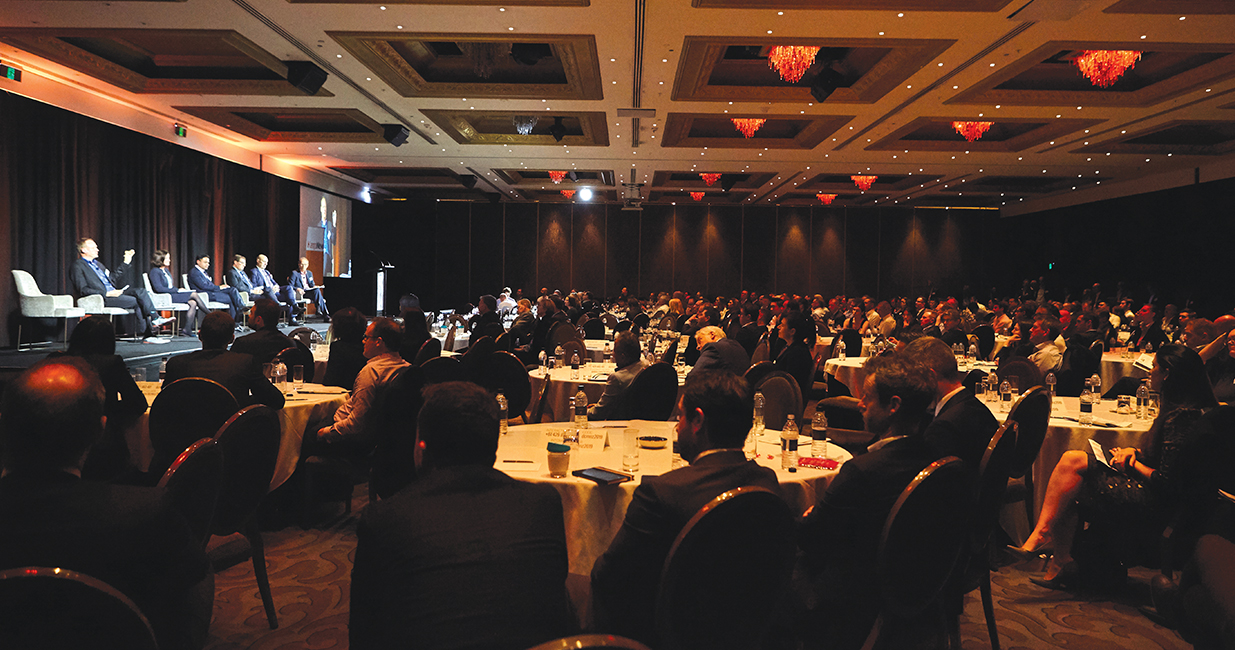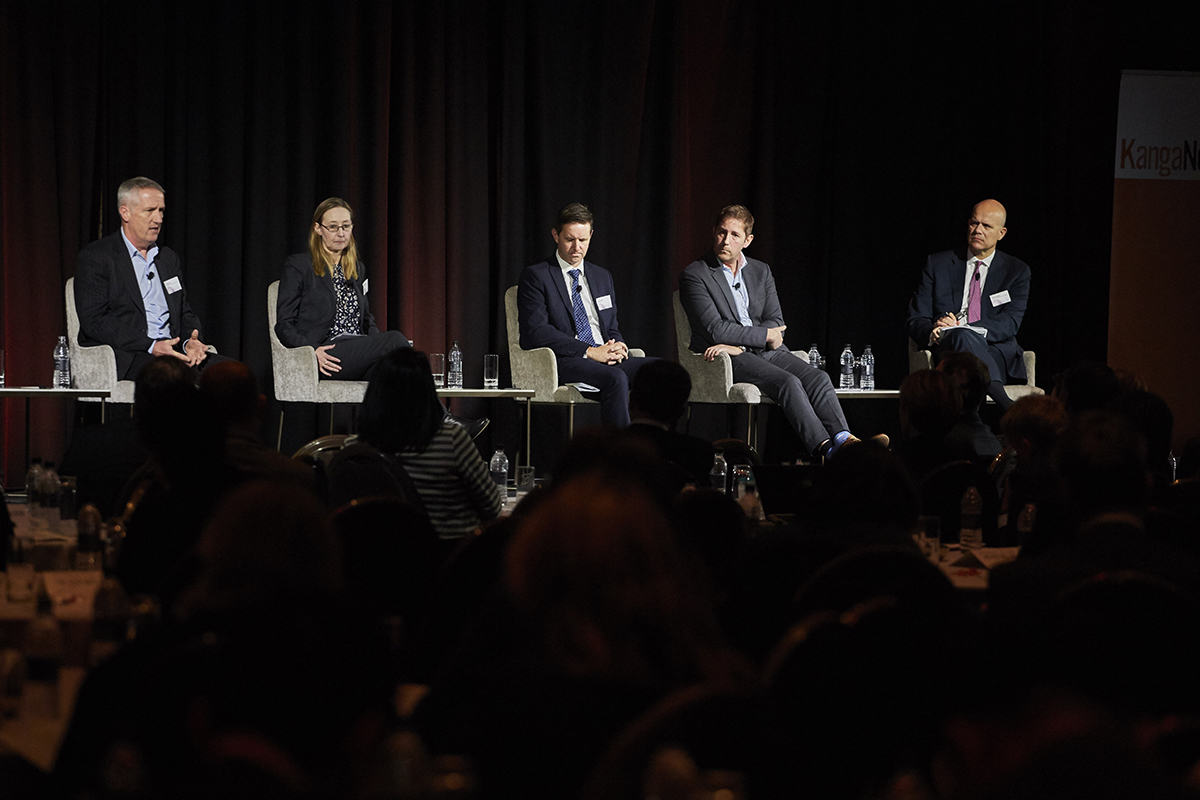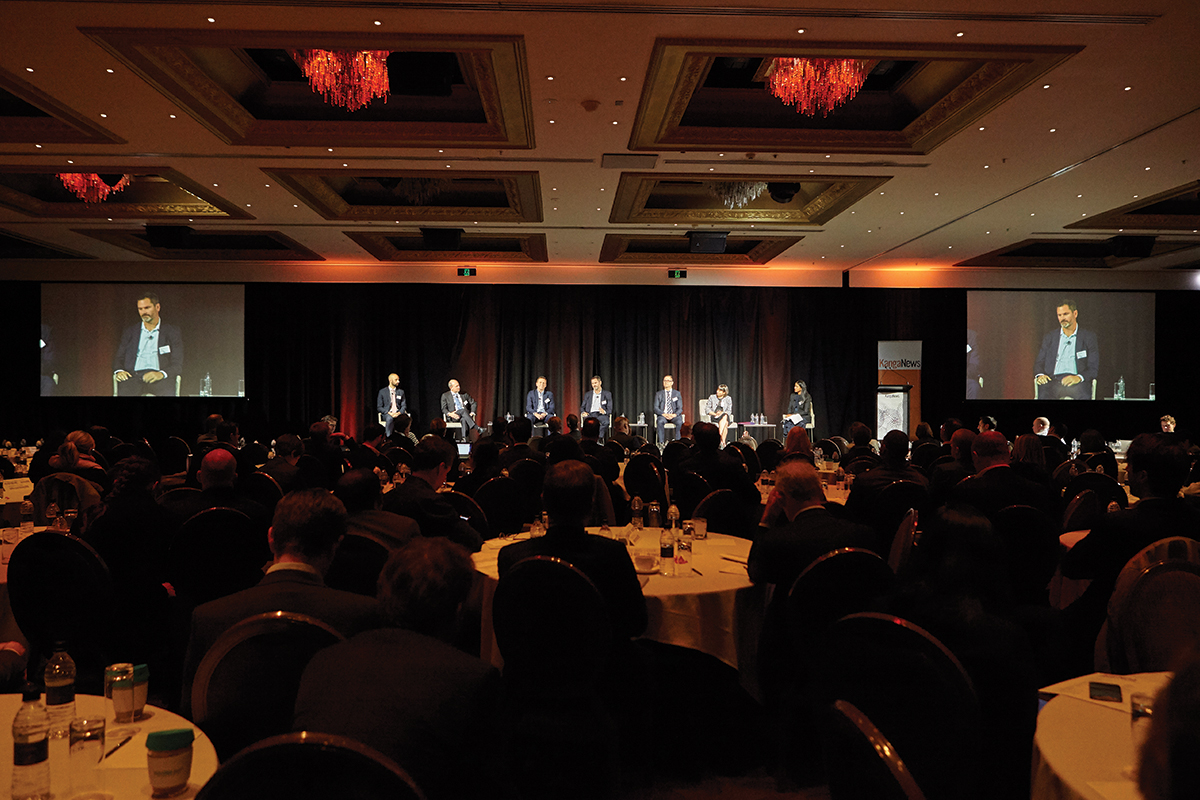
New Zealand looks forward
The seventh annual KangaNews New Zealand DCM Summit took place in Auckland on 22 August at a fascinating juncture for the local debt market. Discussion focused on forthcoming changes to bank-capital requirements and the finalisation of a bank securitisation regime locally, the global context of trade wars, the low interest-rate environment and major capital-market upheaval.
"We live in a world where we are seemingly not allowed to have downturns. This has led to excessive debt-fuelled growth and, in some cases, unnecessarily low interest rates. There is a sense of denial about the need for economic cycles, but they are essential to maximise long-term, sustainable growth."


"We have been involved in the ISDA working group on the development of a fallback rate in Australia, and we are also focused on a multibenchmark approach in Australia. The feedback we have had from market participants is that they want to look at alternative benchmarks but it takes time to prepare operationally and therefore to adopt them."
"The market has only just started trading risk-free rates and it is not yet clear how liquid OIS and futures markets for these risk-free rates will ultimately be. It is therefore difficult to be definitive about the future viability of forward-looking term risk-free rates. Regulators are telling us to be ready to stop using LIBOR; the development of market liquidity will help drive the pace of adoption of risk-free rates."


"There is a redefinition going on in how businesses engage with the community. Our communities are diverse places so if we don’t have diversity in our organisations, how can we meet the demands of our stakeholders? I believe no organisation will be relevant in the future if it doesn’t do diversity well."
"There has been a lot of activity over the last 24 months in three asset classes: RMBS, auto ABS, and credit-card securitisation. RMBS was particularly slow to recover after the financial crisis but we have had four deals in the last two years and an increase in the number of warehouses established."


"Fixed-income fund managers have clearly defined investment mandates which define risk profile. In a low-yield environment, there is a risk that investors reduce fixed-income exposure to chase returns via riskier asset classes. We need to educate investors on the importance of fixed income in a diversified portfolio."
"The rates environment is conducive for launching a new high-grade product. We are trying to see how much more flexibility we can provide. This includes attempting to get a variety of note classes in the securitisation framework, with the aim of attracting different types of investors without jeopardising the idea of a simple and standardised product."
"The financial crisis still casts a shadow in the securitisation sector. In one of our mandates, if we want to buy securitised product we need to write an eight-page credit report – but we don’t need to write anything to buy a triple-B credit. This isn’t a roadblock per se – we are investing anyway – but it is illustrative of end investors’ appetite for securitisation."


"We are calibrating these bank-capital rules for the specific risks we see in New Zealand, and for what we believe will be best to protect New Zealand’s financial system. We believe this will put New Zealand at the conservative end of the global capital spectrum, but it will by no means be extreme."
"One of the unintended consequences of the capital proposals is that we are having to spend more time with offshore investors explaining why New Zealand is different. We often only have 45 minutes with each investor and once we have explained why New Zealand is different from other countries we are often left with barely enough time to discuss a transaction."
"We need to be thoughtful in implementing any capital proposal, for instance taking adequate account of other policies that are also designed to improve resilience. The cumulative impact of these other polices combined with significantly higher capital levels could lead to over-insurance – the cost of which will largely be borne by New Zealanders."
"There is a tug of war between APRA and the RBNZ regarding major-bank capital. While the standalone ratings of the subsidiary banks can be strengthened by stronger capital, the lower relative core equity target in Australia effectively lowers the amount of the Australian entity’s core capital available to protect Australian depositors in a stress event."
"The capital proposals aim for a very high ratio compared with global standards, though they are in line with the Scandinavian economies. We need to be aware that capital should be appropriate for the amount of risk. Recent evidence has shown that the benefits of capital diminish once levels reach around 12 per cent."
"The banks are largely aligned with the RBNZ in that we agree well-capitalised banks are good for a stable economy. We should not get caught up in the idea that the banks want something entirely different from the RBNZ. The difference comes in how much capital is necessary, what is counted in the capital requirements and how risk in underlying assets is measured."


